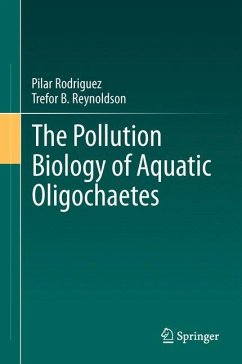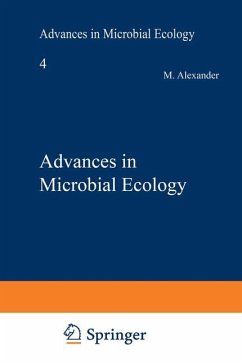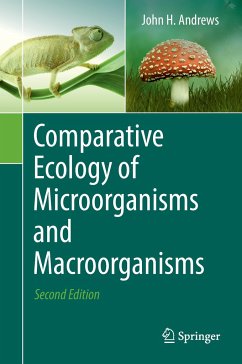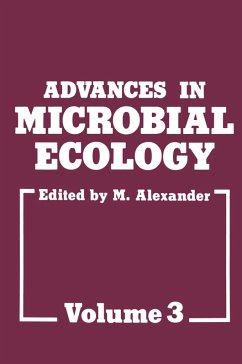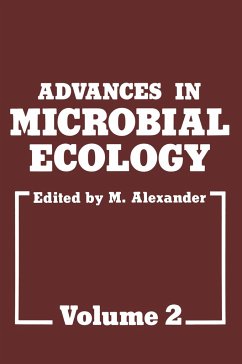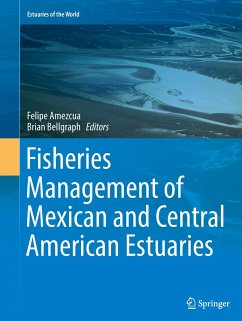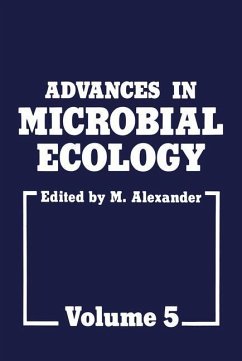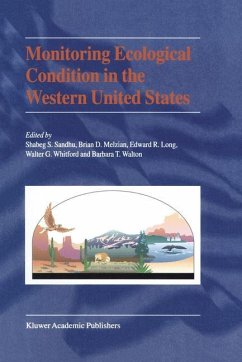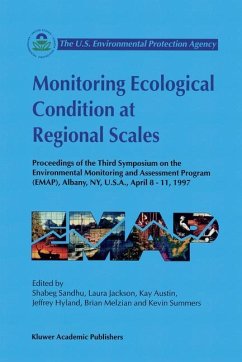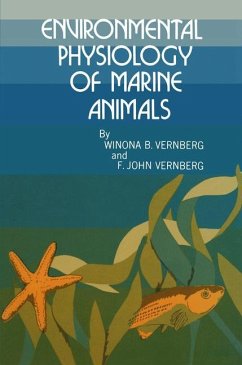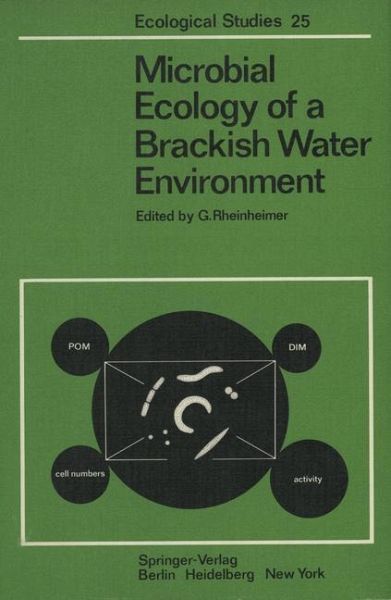
Microbial Ecology of a Brackish Water Environment
Versandkostenfrei!
Versandfertig in 1-2 Wochen
77,99 €
inkl. MwSt.

PAYBACK Punkte
39 °P sammeln!
A knowledge, which is as accurate as possible of microbial ecology is indispensible for ecosystem research and environmental protection. This is particularly true for coastal waters, whereby brackish water areas occupy a special position. After several years of preliminary studies on the composition and distribution of the micro flora -algae, fungi, and bacteria -a comprehensive investigation on the primary production, bacterial development and microbial uptake and decom position of substances in the Kie1 Bight was carried out, during which ten scientists from the Institut fUr Meereskunde ofKi...
A knowledge, which is as accurate as possible of microbial ecology is indispensible for ecosystem research and environmental protection. This is particularly true for coastal waters, whereby brackish water areas occupy a special position. After several years of preliminary studies on the composition and distribution of the micro flora -algae, fungi, and bacteria -a comprehensive investigation on the primary production, bacterial development and microbial uptake and decom position of substances in the Kie1 Bight was carried out, during which ten scientists from the Institut fUr Meereskunde ofKiel University participated. Here forthe first time numerous hydrographical, chemical and microbiological parameters could be measured on the same water samples. The aim of this joint project was to gain an insight into the manifold functions of the microorganisms in the uptake and degradation of organic substances and in the connections between pollution, production, and remineralization. The results ofthe investigations led not only to new knowledge of the role ofthe microorganisms in the brackish water ecosystem, but also to a revision of earlier conceptions, especially on the influence of wastes on the micro flora and its role in the self-purification of coastal waters. Such a time-limited investigation, however, cannot clarify all the questions on the complex relationships between the microorganisms and their biotope. Therefore, the present volume should also be understood as a stimulus for new and further-reaching research on the microbial ecology of coastal waters. Thereby the most important methods are described, as well as the practical experience obtained.



